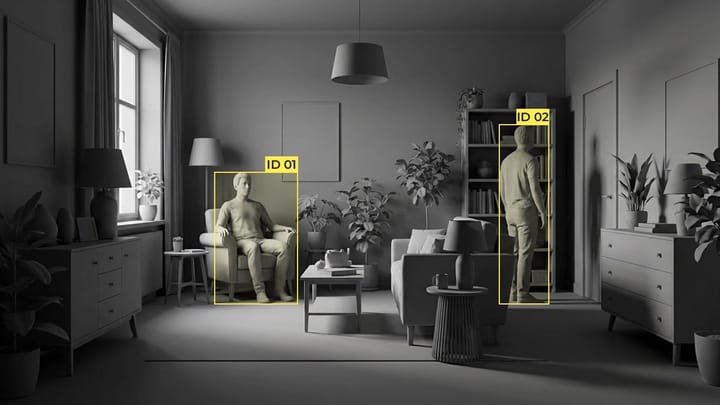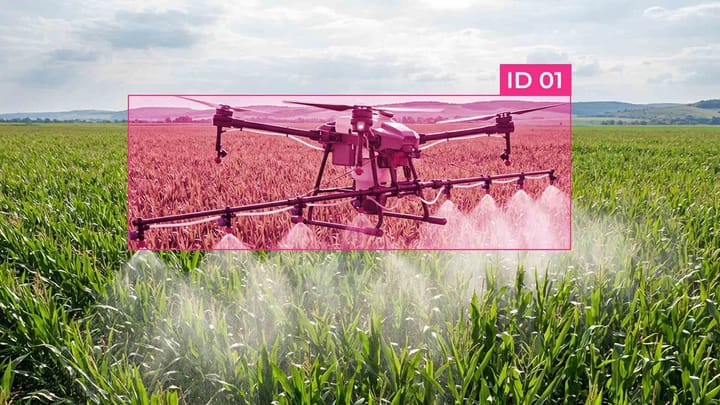Cross-modal Data Alignment Techniques for AI

Imagine a retail system that combines social media videos with shopping history to predict trends. Or a healthcare platform that combines MRI scans with genetic data to personalize treatments. Such systems require intelligent integration.
They must harmonize text, visuals, and sounds, and preserve context.
Key Takeaways
- Unified analysis of mixed data types reveals hidden opportunities.
- Proper integration improves AI performance in real-world tests.
- Retail and healthcare lead the way in practical applications.
- Semantic correlation techniques prevent loss of context during the merge.
- Scaling these techniques requires balancing automation with human supervision.
Multimodal Challenges in Artificial Intelligence
Multimodal challenges in artificial intelligence refer to tasks where AI systems simultaneously process multiple types of data, text, images, audio, video, sensory signals, or structured data. Such tasks are complex due to the coordination of heterogeneous information.
Key Challenges
- Data synchronization and temporal consistency. Different sensors update at different rates.
- Format incompatibility. Text, numeric, and visual data must be transformed into common vector spaces.
- Scalability and computational resources. Processing multimodal streams requires large resources to train models.
- Interpretability. It isn't easy to understand which modalities influenced the model's decisions.
Multimodal approaches are key for areas such as autonomous vehicles, medical diagnostics, security systems, financial analysis, and smart cities, where decisions depend on integrating different data sources in real time. Audio-visual fusion allows AI systems to process sound and visual signals together, improving real-time analysis and anomaly detection.
Fundamentals of Feature Coding in Artificial Intelligence Systems
Feature coding converts input data into a format that a machine learning algorithm can understand. It is required for models with numeric vectors, rather than text, categories, or other non-standard data types.
Research on BERT and Vision Transformation Methods
BERT processes text sequences using context analysis. It simultaneously examines entire sentences, generating embeddings that preserve the relationships between words.
Vision Transformers (ViT) slice an image into 7x7 pixel regions. Each 224x224 pixel image becomes 49 flattened segments that feed into the transformer layers. This approach captures spatial relationships and object hierarchies better than older convolutional methods.
The Role of MLP Mapping for Dimension Alignment
Different encoders produce inconsistent output data. BERT creates 768-dimensional vectors, while ViT generates 1024-dimensional ones. They use multilayer perceptron networks, transforming objects into uniform dimensions without losing semantic meaning.
Three aspects for feature encoding:
- Normalization of layers before dimension adjustment.
- Nonlinear activation functions for feature enhancement.
- Gradient clipping during stability training.
Contrastive learning for feature alignment
Contrast learning is a machine learning approach that allows models to distinguish between similar and dissimilar objects without needing large amounts of labeled data. Similar examples were represented close in vector space, and dissimilar ones were distant.
Using CLIP as a teacher model
The pre-trained CLIP architecture is trained on 400 million image-text pairs, acting as a language and visual elements dictionary. It aligns new input data and shows how words and images relate to each other in shared spaces.
Two key strategies are used:
- Ranking related text-image pairs in vector space.
- Placing unrelated pairs using loss computation.
The training process creates unified representations where embedded text is placed next to corresponding photos. This spatial organization allows computer vision systems to search across formats and use words or images as queries.
Models learn unified representations by mapping data into shared embedding spaces, where similar objects are close and dissimilar objects are distant.
Cross-modal Data Alignment Optimization for AI Performance
Cross-modal data alignment optimization for AI performance involves aligning and interacting data from different modalities to improve the accuracy and efficiency of artificial intelligence models. The goal is for information from various sources to complement each other, rather than contradict each other.
Key approaches
- Vector representation. Data from different modalities is transformed into a common vector space.
- Contrast learning between modalities. Positive pairs are corresponding text and images, audio, and video. Negative pairs are incompatible data. The model minimizes the distance for positives and maximizes for negatives.
- Normalization and standardization. Aligning the scales and formats of different modalities to avoid dominating one over the other.
- Adaptive weighting of modalities. Determining the importance of each modality depending on the task and context.
Benefits
- Accuracy of predictions and classifications.
- Detect anomalies and risks in complex environments.
- Process multi-source data in real time without information loss.
Image-Text Loss Functions and Their Impact
Image-text loss functions are mathematical metrics that measure how well an AI model matches vectors of images and corresponding text in a shared feature space. They determine how well the model learns to recognize semantic proximity between modalities.
Basic Types of Loss Functions
- Contrastive loss minimizes the distance between positive pairs and maximizes the distance between negative ones. It provides explicit representations that allow the model to match objects and texts.
- Triplet Loss. Uses an "anchor," a "positive," and a "negative" to train the model. Increases the resolution between similar but different objects, reducing confusion in classification.
- Cross-Entropy Loss. Used in classification tasks where text descriptions are assigned to a set of image categories. Works for multi-class tasks and helps in predicting matches.
Impact on AI performance
Proper text-image alignment ensures that semantic relationships between visual and textual data are accurately captured.
Contrast and triplet functions improve semantic alignment, essential for searching images for text or vice versa.
An inappropriate loss function causes the AI model not to learn to separate similar objects, which reduces the accuracy of recommendations or classification.
FAQ
What are the challenges of integrating different types of data?
Combining modalities requires addressing semantic gaps, incompatible feature scales, and computational complexity.
How do BERT and Vision Transformers improve multimodal systems?
Combined with MLP mapping layers, these architectures enable size mapping between text embeddings and visual features derived from convolutional neural networks.
Why is contrast learning important for modality alignment?
Models use contrast loss to bring semantically related pairs closer in the embedding space and push unrelated pairs apart. This approach trains AI systems to recognize patterns in different formats without supervision.
Which industries benefit from multimodal AI integration?
Retailers use it for visual search and sentiment analysis of product reviews. It improves diagnostic accuracy in healthcare by correlating medical imaging with patient records. Public safety programs combine video surveillance footage with audio detection to assess threats in real time.



Comments ()